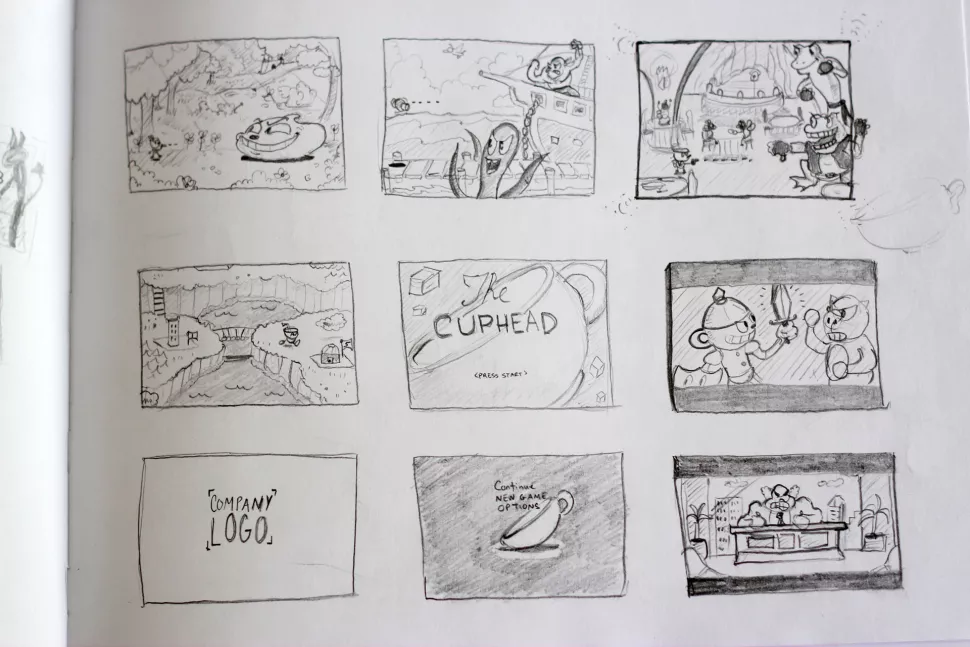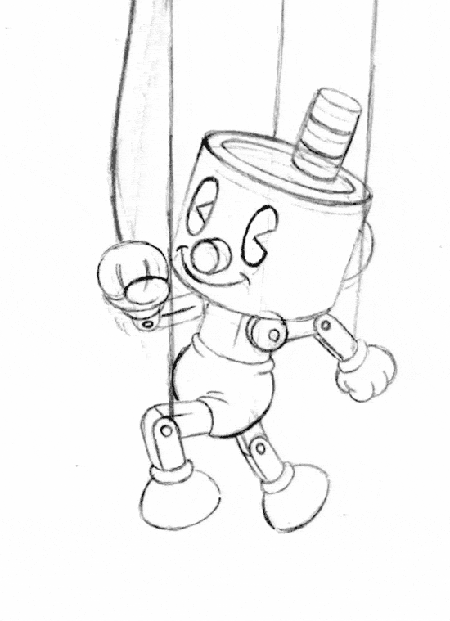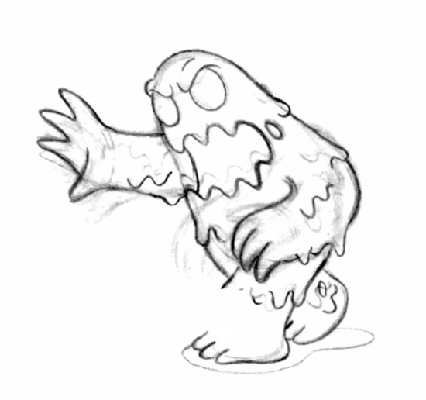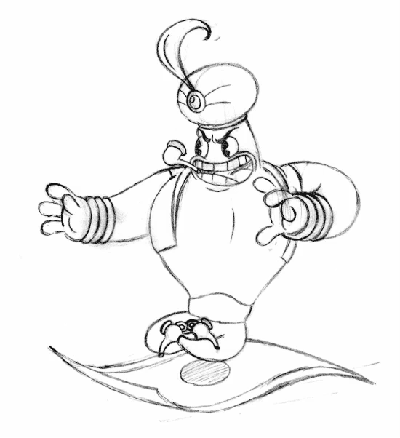This Privacy Policy establishes the terms in which Cuphead uses and protects the information that is provided by its users when using its website. This company is committed to the security of its users' data. When we ask you to fill in the personal information fields with which you can be identified, we do so ensuring that it will only be used in accordance with the terms of this document. However, this Privacy Policy may change over time or be updated, so we recommend and emphasize that you continually review this page to ensure that you agree with such changes.
Information that is collected
Our website may collect personal information such as: Name, contact information such as your email address and demographic information. Likewise, when necessary, specific information may be required to process an order or make a delivery or billing.
Use of the information collected
Our website uses the information in order to provide the best possible service, particularly to maintain a user registry, of orders if applicable, and to improve our products and services. Emails may be sent periodically through our site with special offers, new products and other advertising information that we consider relevant to you or that may provide you with some benefit, these emails will be sent to the address that you provide and may be canceled at any time.
Cuphead is highly committed to fulfilling the commitment to keep your information secure. We use the most advanced systems and constantly update them to ensure that there is no unauthorized access.
Cookies
A cookie refers to a file that is sent with the purpose of requesting permission to be stored on your computer, by accepting said file it is created and the cookie is then used to have information regarding web traffic, and also facilitates future visits to a recurring website. Another function that cookies have is that with them the web can recognize you individually and therefore provide you with the best personalized service on their website.
Our website does not use cookies, cookies are used to be able to identify the pages that are visited and their frequency. This information is used for statistical analysis only and then the information is permanently deleted. You can delete cookies at any time from your computer. However, cookies help to provide a better service to websites, you do not give access to information from your computer or from you, unless you want it and provide it directly . You can accept or deny the use of cookies, however most browsers automatically accept cookies as it serves to have a better web service. You can also change the settings on your computer to decline cookies. If they are declined, you may not be able to use some of our services.
Links to Third Parties
This website may contain links to other sites that may be of interest to you. Once you click on these links and leave our page, we no longer have control over the site to which you are redirected and therefore we are not responsible for terms or privacy or the protection of your data on those other third party sites. These sites are subject to their own privacy policies, so it is recommended that you consult them to confirm that you agree with them.
Control of your personal information
At any time you can restrict the collection or use of personal information that is provided to our website. Every time you are asked to fill in a form, such as user registration, you can check or uncheck the option to receive information by email. In case you have checked the option to receive our newsletter or advertising you can cancel it at any time.
This company will not sell, assign or distribute the personal information that is collected without your consent, except that is required by a judge with a court order.
Cuphead reserves the right to change the terms of this Privacy Policy at any time.
This privacy policy has been generated at politicadeprivacidadtemplate.com.




